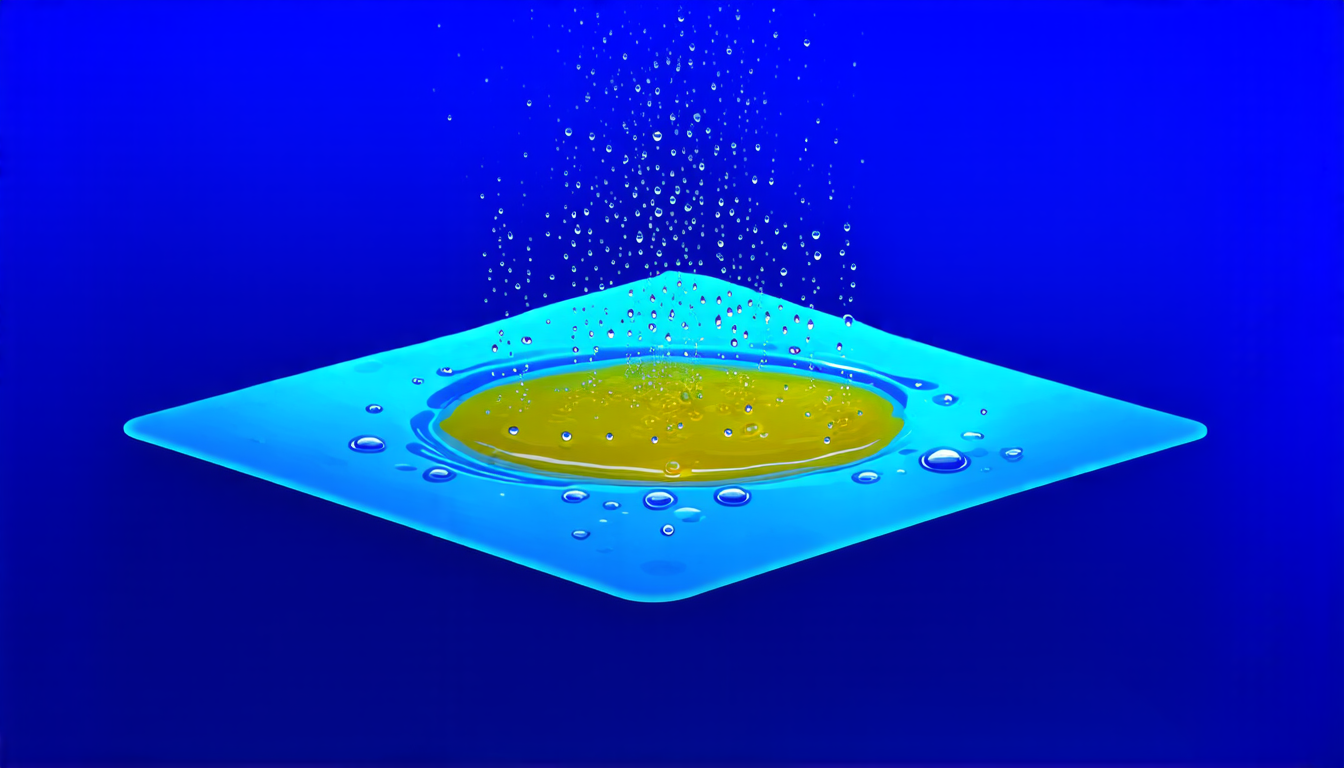Sunday 02 February 2025
In a breakthrough in microfluidics, scientists have developed a simple and cost-effective method for producing uniform alginate hydrogel microspheres. These tiny spheres are used in a wide range of applications, from biomedical research to industrial production, but traditional methods often result in varying sizes and shapes.
The new technique uses a symmetrically designed flow-focusing microfluidic device that generates alginate droplets without the need for surfactants. The device consists of two flow-focusing junctions: one produces alginate droplets in a continuous phase of corn oil, while the other introduces acetic acid, which facilitates solidification and prevents coalescence.
The resulting hydrogel microspheres are remarkably uniform, with diameters ranging from 135 to 182 micrometers. This is achieved by controlling the flow rate of the continuous phase, allowing researchers to tailor the size of the spheres for specific applications.
One of the key advantages of this method is its simplicity and cost-effectiveness. Unlike previous techniques that require complex equipment and costly agents, this approach uses inexpensive materials and a straightforward fabrication process.
The microfluidic device is also highly versatile, enabling researchers to easily separate the hydrogel microspheres from the oil phase using an oscillation state. This eliminates the need for demulsifiers, making the process even more efficient.
These uniform alginate hydrogel microspheres have numerous potential applications in biomedical research and industrial production. They could be used as biomaterials for tissue engineering, drug delivery systems, or even as templates for nanomaterial synthesis.
The development of this novel microfluidic device has significant implications for researchers working with hydrogels. It provides a reliable and efficient method for producing uniform microspheres, which can greatly enhance the precision and accuracy of their experiments.
Overall, this breakthrough in microfluidics has opened up new possibilities for scientists working with alginate hydrogel microspheres. Its simplicity, cost-effectiveness, and versatility make it an attractive solution for researchers seeking to produce high-quality microspheres for a wide range of applications.
Cite this article: “Uniform Alginate Hydrogel Microspheres through Simple Microfluidic Device”, The Science Archive, 2025.
Microfluidics, Alginate Hydrogel, Microspheres, Biomedical Research, Industrial Production, Flow-Focusing, Surfactants, Corn Oil, Acetic Acid, Nanomaterial Synthesis






